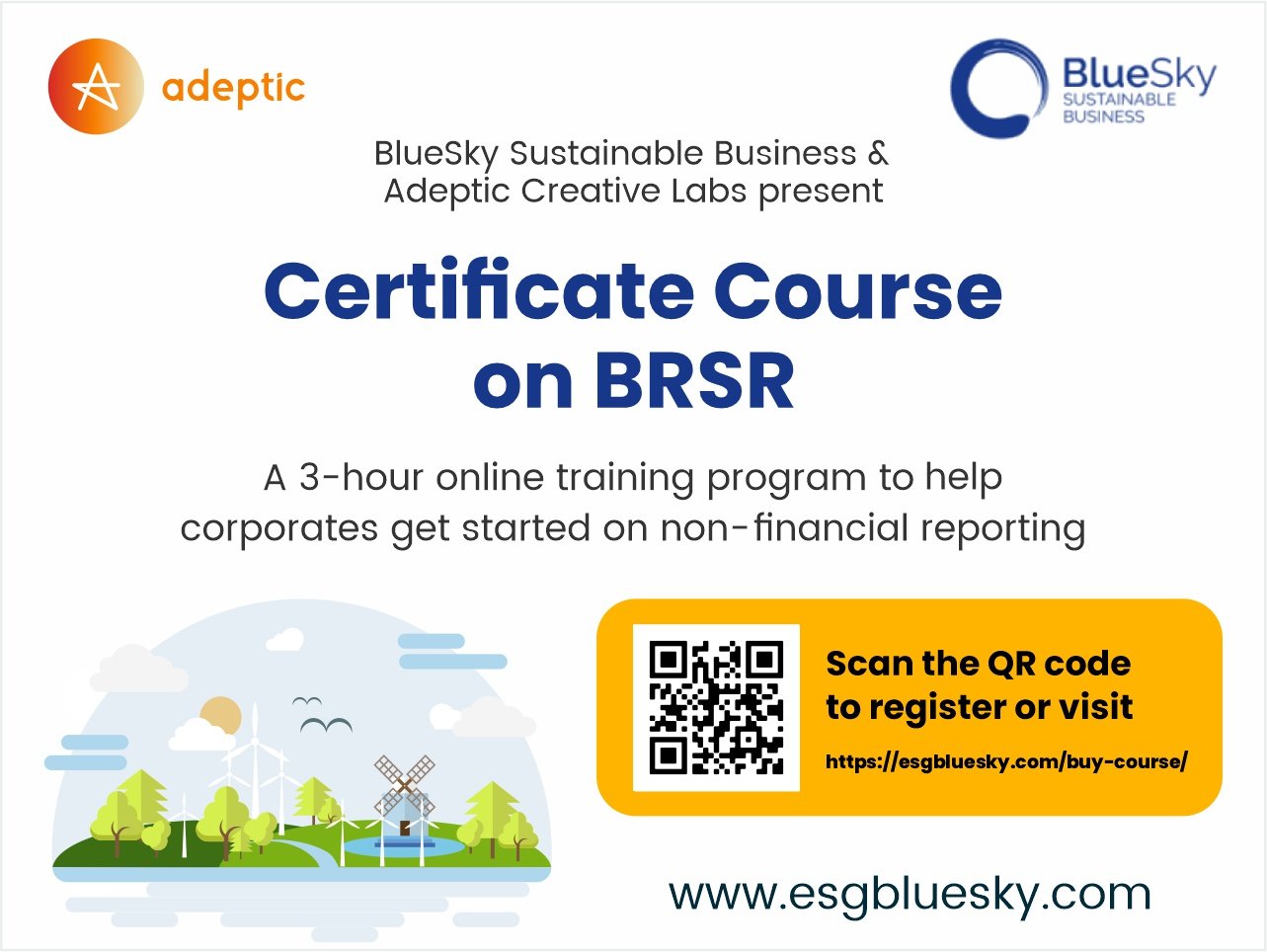
Words Manish Kumar
NEW DELHI (India CSR): As healthcare systems worldwide grapple with increasing patient loads, administrative complexities, and the demand for personalized care, the integration of telemedicine and Electronic Health Records (EHR) has emerged as a transformative solution. By combining the convenience of remote consultations with the efficiency of centralized patient data, this integration is redefining patient management. It streamlines workflows, reduces inefficiencies, and ensures healthcare providers have the tools they need to deliver timely, informed care.
Puneet Dutt Sharma, anexpert in health technology and digital innovation, has been a driving force in leveraging this integration to address critical challenges in healthcare. With extensive experience in developing technology-driven solutions, Puneet has consistently focused on bridging gaps in healthcare delivery. His expertise lies in designing and implementing systems that not only enhance efficiency but also improve patient outcomes.
Building on his extensive background, He has championed the seamless integration of telemedicine and EHR platforms. His work focuses on eliminating silos that often hinder effective patient management. By enabling real-time access to comprehensive patient data during virtual consultations, he has ensured that healthcare providers can make accurate, well-informed decisions. This approach minimizes the risk of errors and enhances the overall quality of care, particularly in remote or underserved areas where telemedicine plays a crucial role.
One of the most significant impacts of His work is the reduction of administrative burdens. The integration of these systems streamlines tasks such as appointment scheduling, billing, and documentation, allowing healthcare professionals to focus more on patient care. Moreover, patients benefit from a unified experience, where their medical history, lab results, and treatment plans are readily accessible, fostering transparency and trust in the healthcare process.
Another critical aspect of His work is its adaptability. Recognizing the dynamic nature of healthcare, he has ensured that the integrated systems remain flexible and scalable, capable of accommodating advancements in technology and changes in regulatory requirements. This forward-thinking approach positions healthcare providers to navigate the complexities of an evolving industry while maintaining compliance and security standards.
In addition, His efforts have driven advancements in patient engagement by integrating patient portals and mobile applications with EHR systems. These tools empower patients to take an active role in their healthcare journey, enabling them to schedule appointments, access test results, and communicate with their providers seamlessly. Such innovations not only enhance patient satisfaction but also contribute to better adherence to treatment plans. Furthermore, the use of data analytics within these integrated systems enables providers to identify trends, predict health risks, and implement preventative measures more effectively.
In conclusion, the integration of telemedicine and EHR systems is not merely a technical innovation but a vital step toward creating a more connected and patient-centric healthcare ecosystem. Puneet Sharma’s efforts underscore the transformative potential of this approach, paving the way for a future where healthcare is efficient, accessible, and holistic. As these technologies continue to evolve, their integration promises to redefine patient management, implement innovation, improve collaboration, advance patient engagement, and ultimately contribute to better health outcomes for individuals, families, and communities alike.
About Us
Manish Kumar is a news editor at India CSR.
(Copyright@IndiaCSR)




















